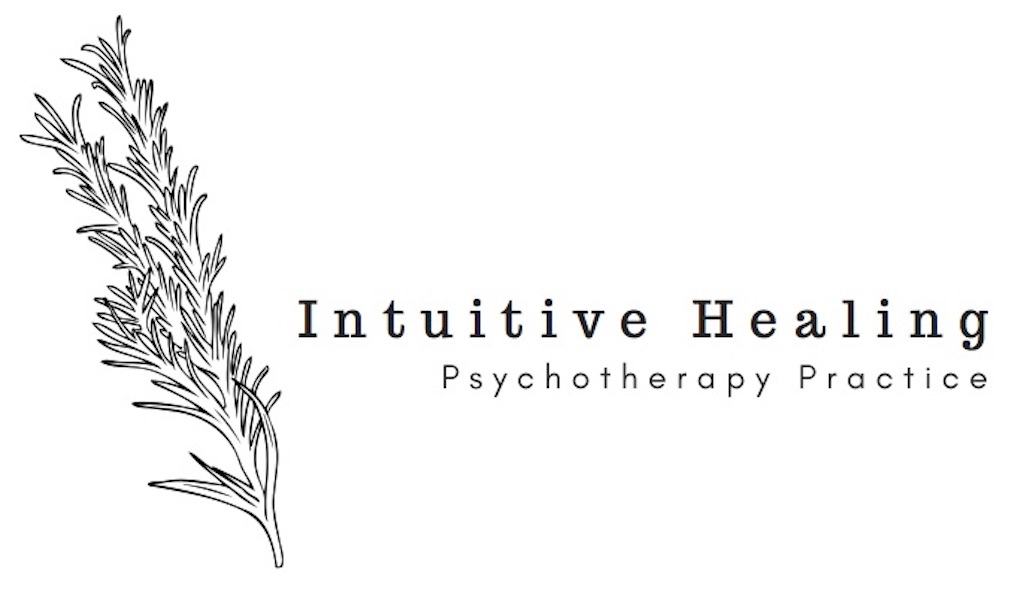Meeting Yourself with Kindness: A Practice of Self-Compassion
Milou Haskin, MHC, MA
How Do I Love Myself? Practicing Self-Compassion, One Moment at a Time
In the journey of healing and self-discovery, it seems almost inevitable that we find ourselves face-to-face with a question that’s both tender and daunting: How do I love and accept myself?
I often hear people share that they want to love themselves, but then quietly wonder what that really means—what it actually looks like. It can feel like an overwhelming task, as if we’d need to tear everything down and rebuild from the ground up.
And yet, the truth is that learning to turn toward ourselves with kindness—to offer ourselves the same care and compassion we so easily extend to others—is often a lifelong path. I like to think of it not as a goal to reach, but as a relationship we’re building. Like any meaningful relationship, it takes time, care, and repeated acts of presence to cultivate trust.
As we walk this path, one practice I’ve found especially helpful—both for myself and for those I work with—is the Self-Compassion Break, developed by Dr. Kristin Neff, a pioneer in self-compassion research. This simple yet powerful practice offers a way to meet ourselves with care, especially in the moments we need it most.
The Self-Compassion Break
This practice can be done in just a few minutes and is designed to be used during moments of stress or difficulty. As you're getting familiar with it, it can be helpful to try it during a neutral moment—so that when stress does arise, you already know the path.
Start by bringing to mind a situation in your life that’s currently causing you stress. Then, move gently through the three components of self-compassion:
1. Mindfulness – Acknowledging Suffering
The first step is bringing awareness to what’s happening. You might notice your thoughts spiraling, or feel a tightness in your chest, or a sinking in your belly. These are cues to pause. Softly and kindly, you might say to yourself:
“This is a moment of suffering.”
“This hurts.”
Or even just, “Ouch.”
This is where we allow ourselves to be with what is—rather than pushing it away.
If that feels difficult, you might try narrating your experience to create a bit of space:
“I’m feeling stressed. I keep replaying the moment in my mind. My heart is racing. My jaw feels tight. I’m having the thought that I messed everything up.”
The goal here is not to fix anything, but simply to acknowledge your experience with honesty and care.
2. Common Humanity – Recognizing You’re Not Alone
Next, we widen our lens. We remind ourselves that suffering is part of being human. We’re not broken or failing because we’re in pain—we’re simply human. You might say:
“Suffering is a part of life.”
“I’m not alone.”
“It’s human to make mistakes… to feel pain… to struggle.”
This gentle reframing can offer so much relief. It reconnects us to our shared humanity—that we’re not the only ones who feel this way.
We may not all suffer in the same way or to the same degree, and yet, at any given moment, there are countless others feeling something similar. Someone else on this earth—perhaps right now—is also experiencing the sharp edge of self-criticism or the weight of stress. That recognition can become a kind of refuge. Our pain, rather than separating us, can become a bridge to belonging.
3. Self-Kindness – Offering Care
Finally, we offer ourselves the kindness we most need in that moment. You might place a hand over your heart, or anywhere that feels comforting. Then offer yourself a soothing phrase, such as:
“May I be kind to myself.”
“May I give myself the compassion I need.”
“May I accept myself as I am.”
Or, choose words that feel most supportive for you. You might also experiment with self-touch—gentle self-holding, stroking the arms or face, or placing both hands over your chest—as a way to anchor a sense of warmth and safety in your body.
When we practice the Self-Compassion Break regularly, we begin to shift how we relate to ourselves in hard moments. Rather than defaulting to criticism or self-blame, we start carving out a new path. We build the muscle of self-compassion.
It takes intention, and it takes practice. But over time, this way of relating to ourselves becomes less foreign. One day—perhaps without even realizing it—we may find we’re living the answer to that question: How do I love myself? Not all at once, but one tender moment at a time.
